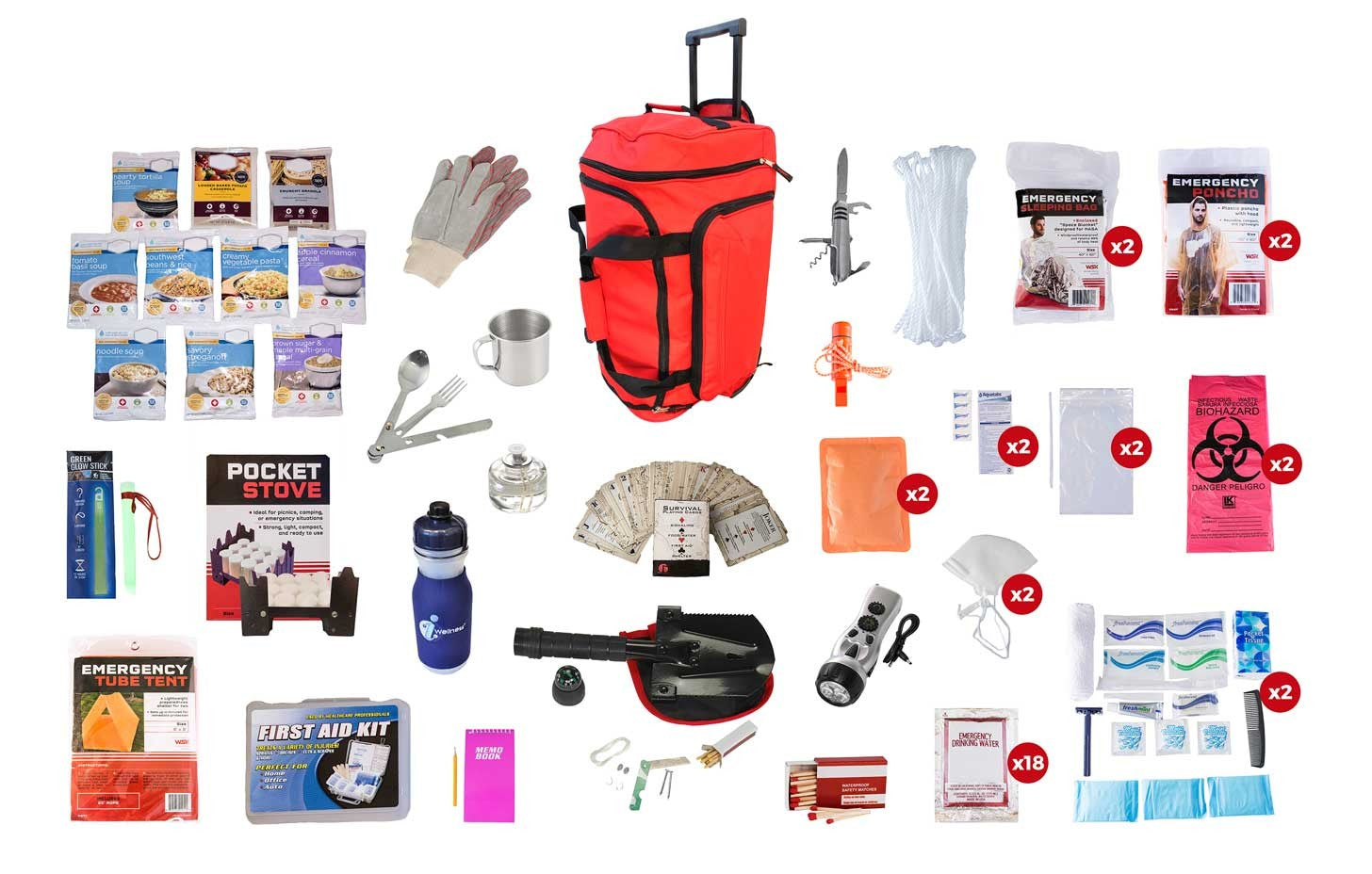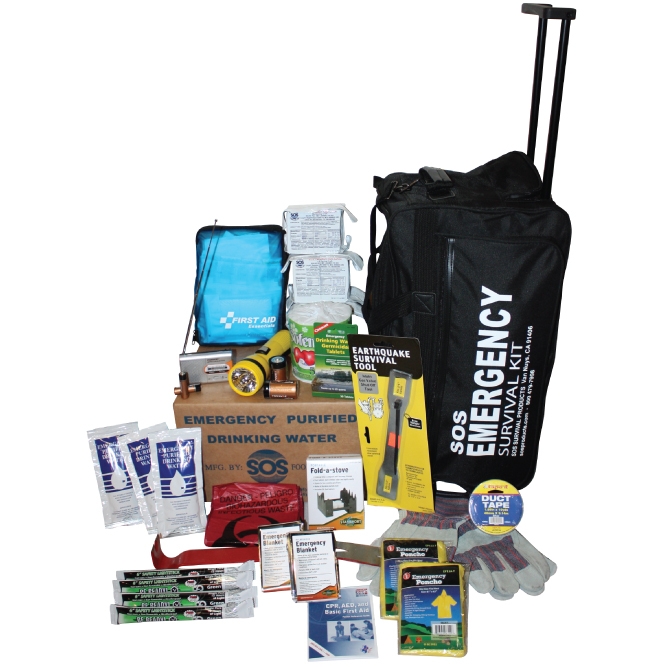Get ready for the Unforeseen: Emergency Preparedness Made Easy
Get ready for the Unforeseen: Emergency Preparedness Made Easy
Blog Article
Exactly How to Develop a Thorough Emergency Situation Readiness Strategy
In the world of readiness, establishing an extensive emergency situation plan is not just a job to check off a list; it is an important cornerstone of any kind of company or person's durability technique. By diligently crafting a strategy that deals with numerous aspects of emergency monitoring, consisting of risk analysis, communication protocols, source allowance, and tactical decision-making, one can lay a strong foundation for guarding lives, possessions, and procedures.
Value of Emergency Situation Preparedness
Emergency readiness is essential for alleviating potential threats and ensuring the safety of areas and people. In today's world, where natural calamities, public health situations, and other emergencies can strike without caution, being prepared can make a substantial difference in lessening the influence of these occasions. By having a well-balanced emergency preparedness strategy in area, people and companies can react effectively, secure lives, and reduce property damage.
Among the main factors why emergency situation readiness is vital is its duty in conserving lives. When emergencies take place, having a strategy that describes clear procedures for emergency situation, interaction, and emptying feedback can aid individuals act promptly and emphatically. This can avoid injuries and fatalities by making certain that individuals understand what actions to require to stay secure
Moreover, emergency readiness enhances the durability of areas. By fostering a culture of readiness and preparation for different circumstances, areas can recuperate quicker from catastrophes and disturbances. This strength is essential for preserving stability, connection of procedures, and overall wellness when faced with hardship.
Assessing Prospective Threats
Considering the significance of being gotten ready for unpredicted occasions, the first action in establishing an effective emergency readiness strategy entails completely reviewing and assessing prospective dangers. This evaluation requires an extensive testimonial of all feasible dangers that could impact the organization, thinking about elements such as area, sector, and historical data on incidents. By identifying these threats, companies can prioritize their preparedness efforts and allocate sources successfully to alleviate the most significant threats.
Common threats that companies might face include natural catastrophes like storms, earthquakes, or floods, technical hazards such as power interruptions or data violations, along with human-caused risks like crashes or deliberate acts of violence. Conducting a threat evaluation also entails thinking about the possible effect of these occasions on the organization's procedures, workers, consumers, and track record. By conducting a comprehensive threat evaluation, organizations can develop customized emergency reaction plans that resolve their details vulnerabilities and make certain efficient readiness for any prospective crisis.
Developing a Communication Plan
Establishing a clear and extensive interaction plan is necessary for effective emergency readiness within organizations. In times of dilemma, interaction plays a vital duty in making sure the safety and wellness of staff members, stakeholders, and the community. A well-balanced interaction strategy should detail clear lines of communication, designate essential workers accountable for interaction tasks, and develop protocols for distributing details quickly and accurately.
One secret element of developing an interaction strategy is identifying primary and alternate interaction networks (EMERGENCY PREPAREDNESS). These can consist of email, message messaging, phone trees, social media platforms, and public address systems. It is critical to guarantee that these channels are reputable, easily accessible, and on a regular basis examined to ensure their performance during emergencies

Structure an Emergency Set
Given the critical importance of readiness in times of crisis, a vital component that companies need to deal with is the establishment of an emergency situation set. When constructing an emergency package, it is important to consider the certain needs and situations of the organization. Additionally, organizations must include vital files, such as get in touch with checklists, insurance details, and emergency action strategies, in waterproof containers within the package.
Establishing Evacuation Treatments
To make certain the security and orderly discharge of employees during emergency situations, companies must establish efficient and clear emptying treatments. Discharge procedures ought to include a variety of possible scenarios, including fires, natural catastrophes, or various other emergency situations that require swift evacuation.

Furthermore, companies should establish a system for bookkeeping for all workers during a discharge to ensure that every person has safely left the facilities. Interaction plays an important duty in discharge treatments, with clear guidelines on just how to evacuate and when to do so. Routine testimonial and updating of evacuation procedures based on comments and transforming circumstances are necessary to keeping the performance of the plan.
Conclusion
In conclusion, establishing an extensive emergency situation readiness strategy is vital for ensuring the safety and well-being of individuals in case of a catastrophe (EMERGENCY PREPAREDNESS). By analyzing potential threats, creating an interaction strategy, building an emergency set, and establishing evacuation treatments, people and organizations can be better geared up to respond properly to emergencies. It is important to focus on readiness efforts to reduce the impact of calamities and secure lives and building
In the world of readiness, developing a comprehensive emergency situation strategy is not simply a task to examine off a checklist; it is an important cornerstone of any kind of organization or person's strength method. When emergency situations occur, having a plan that lays out clear procedures for communication, emptying, and emergency action can assist individuals act swiftly and emphatically. click site. By conducting an extensive threat analysis, companies can create customized emergency situation response strategies that address their particular vulnerabilities and make sure effective preparedness for any type of prospective dilemma
Establishing a clear and extensive communication plan is crucial for effective emergency preparedness within organizations. By assessing prospective dangers, producing a communication plan, developing an emergency situation package, and establishing evacuation procedures, companies and individuals can be better equipped to react efficiently to emergencies.
Report this page